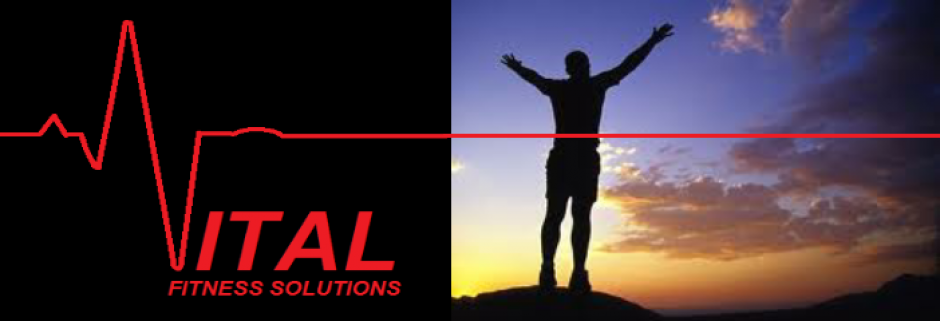Client Profile
54 year -old, childcare giver seeking weight loss and improved strength and cardiovascular fitness.
Goals: Lose 25 lbs. Reduce back pain. Be able to complete a 5 km run
Occupation: Childcare giver.
Needs Analysis
Activities inherent in her job that require strength—bending, lifting, carrying children; climbing stairs.
Health Screening & Cardiovascular Fitness Assessment
Because Mary has low levels of physical activity in her life, the mCAFT submaximal, predictive VO2max test was used to measure her cardiovascular fitness.
Her resting heart rate is considered to be acceptable for an unfit untrained individual. Her blood pressure is in a healthy range, not hypertensive. Her cardiovascular fitness is considered to be good. However, there is some room for improvement for her to be more fit to finish a 5K run.
Body Composition Assessment
Body composition assessment consisted of height, weight, body mass index (BMI), skin fold measures (SO5S), and Waist Circumference (WC).
She is considered to be at a higher risk for cardio heart diseases because her waist circumference is high. Over all, she can benefit from losing her total fat mass.
Musculoskeletal & Back Health Assessment
Because Mary regularly bends, lifts and carries children, proper squatting, spinal stabilization and lifting techniques are important, as well as, proper posture development and spinal stability while holding and carrying children. All of these activities require muscular strength and flexibility, as well as, power when quick reactions are needed; therefore, the CPAFLA musculoskeletal protocols are appropriate for baseline measures. The following is a list of the results of Mary’s musculoskeletal appraisals.
Her scores indicate that she has a lot of room for improvement in terms of over all muscular strength, endurance, and flexibility. She will benefit from a progressive total body resistance program.
Biomechanical analysis – Squat Pattern and Lifting technique – Squating to toddler level requires ankle, hip and knee mobility and stability in the sagittal plane. While gluteus maximus, hamstrings and quadriceps are the primary movers during the squat pattern, Glute med, adductors (pectinius, gracillis, aductor magnus, aductor longus) and Sartorius provide lateral stability to the hip and knee throughout the movements. Weakness in these synergist muscles could manifest as valgus or varus movement of the knee during the squat pattern. Strengthening both the primary muscles and the synergists is important in improving Mary’s squat and preventing injury.
To prevent excess force and stress on the lumbar spine, proper hip hinging and spinal stabilization is required to enable neutral lumbar spine alignment throughout the squat and when lifting or lower the child. This will require thorough instruction on spinal bracing using transverse abdominals, obliques and lumbo-throracic extensors followed by exercises targeted at strengthening these muscles. Proper hip hinging will require learning how to flex and extend at the hip without lumbar flexion or extension.
Analysis of Mary’s movement pattern when lifting a child from the ground reveals little movement at the hips and knees and instead flexion and extension of the lumbar spine—she bends and lifts with her low back. When asked to perform a squat, Mary’s knees collapse inward slightly and translate anteriorly over her toes (knees move forward over her toes), and she is unable to maintain neutral spine and pelvis.
Posture analysis – Posture is important in all activities but caregivers often develop specific postures related to carrying children. Typical postures while holding children include pushing hips forward of body line when holding a child in front and jutting hips to the side and hiking one hip while holding child at the side of the body. Over time these postures can lead to muscle imbalances and poor skeletal alignment that can cause excess stress on joints and tissue leading to chronic pain.
She has mild kyphosis, anterior hip position, anterior head position. Thus, she may benefit from corrective exercise to strengthen her core for support of a better posture.
Pelvic and Lumbar stability (Heels slides) – the ability to control and stabilize the pelvis and spine during movement is important in protecting the spine from injury. Laying on the back with knees bent at 90 degrees, the client slides heels along the floor straightening one leg at a time while trying to minimize movement of the pelvis and lumbar spine.
Results: unable to engage transverse abdominals, loss of neutral spine, pelvic rocking.


